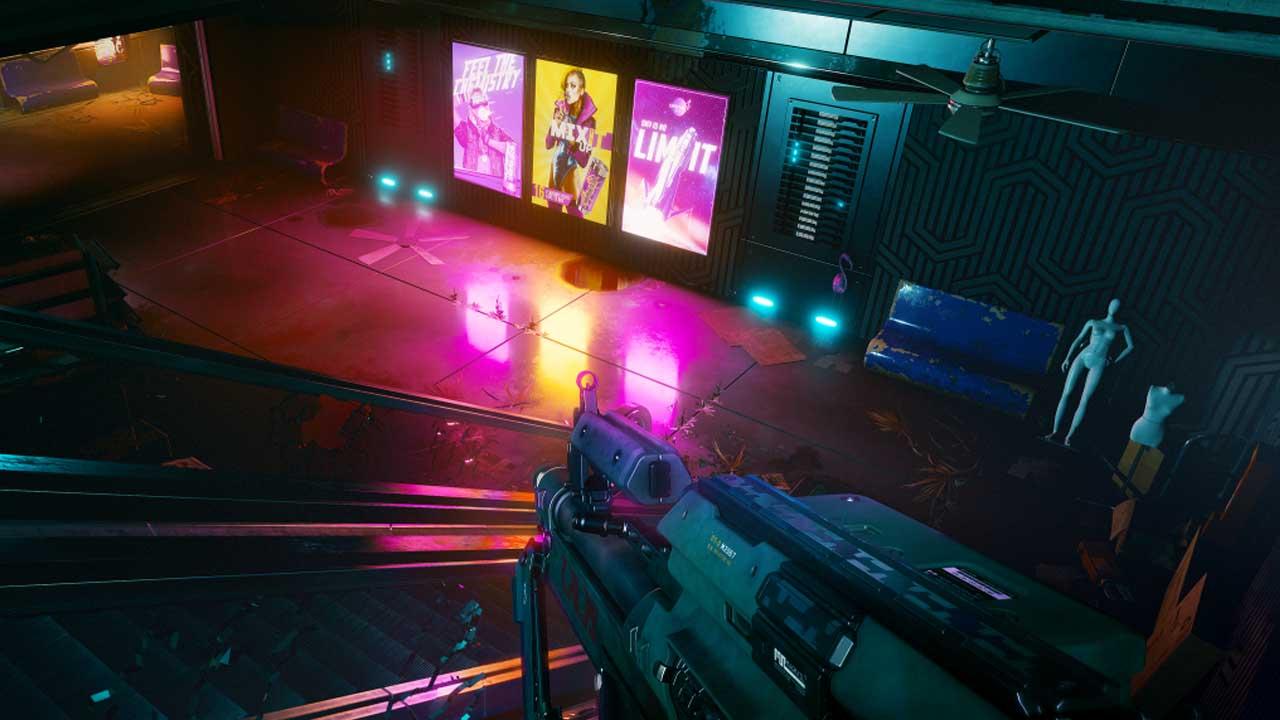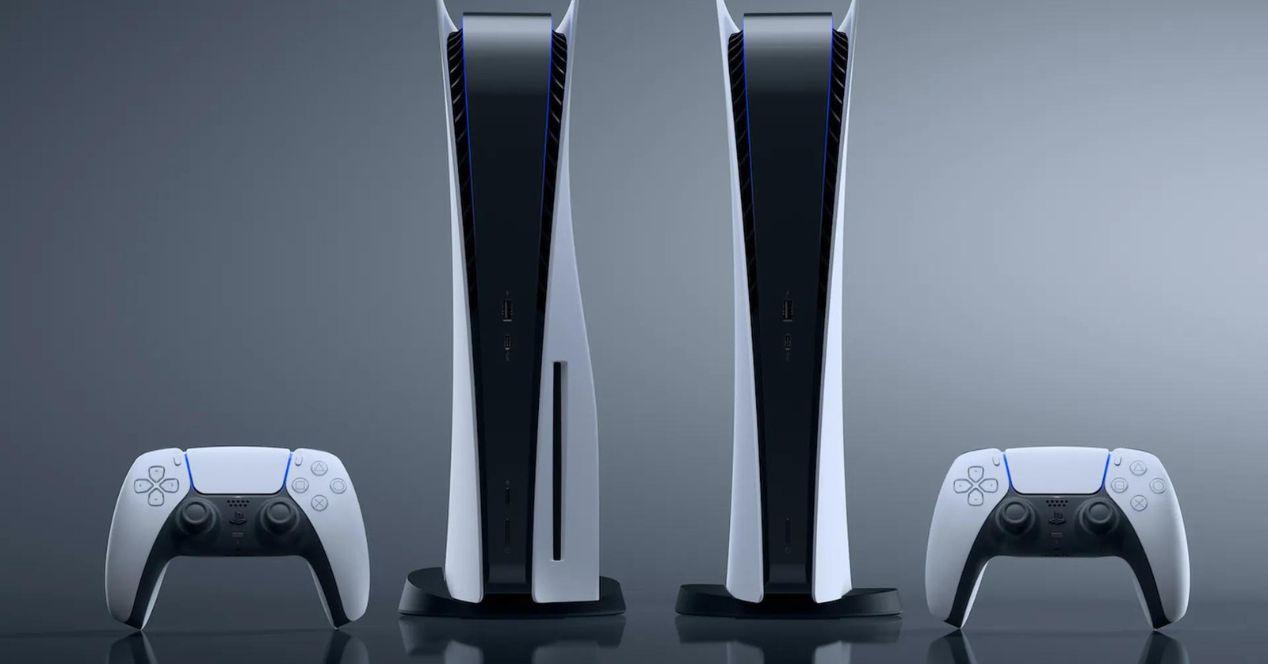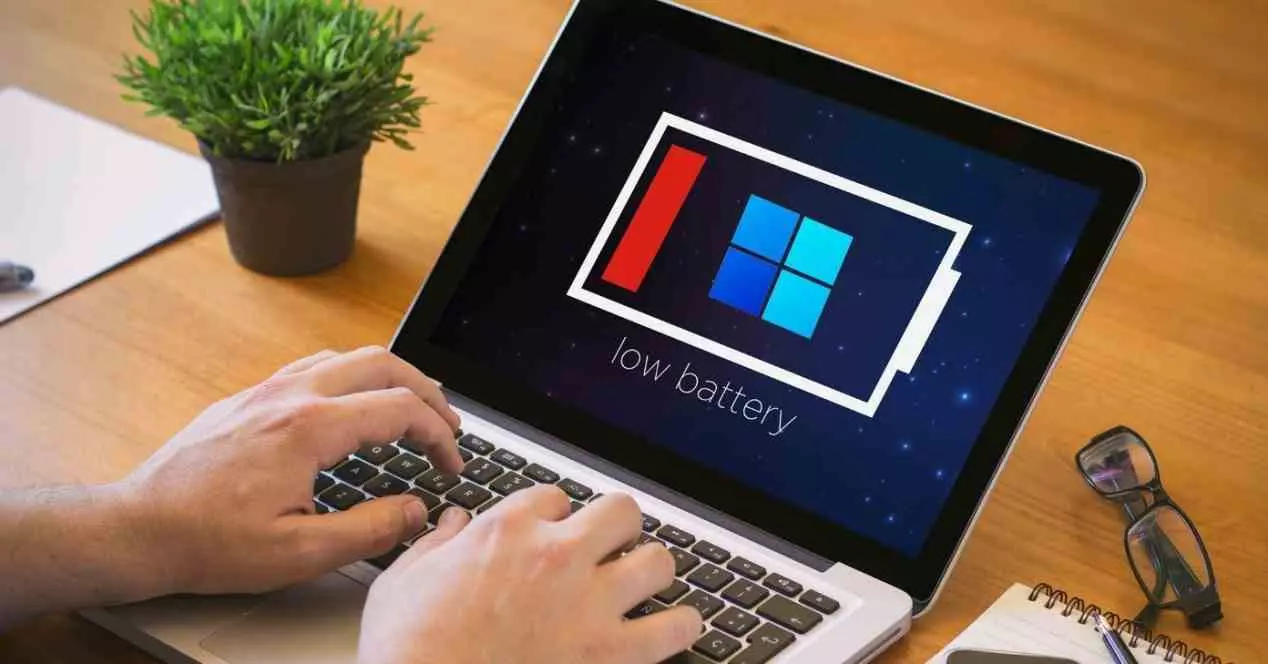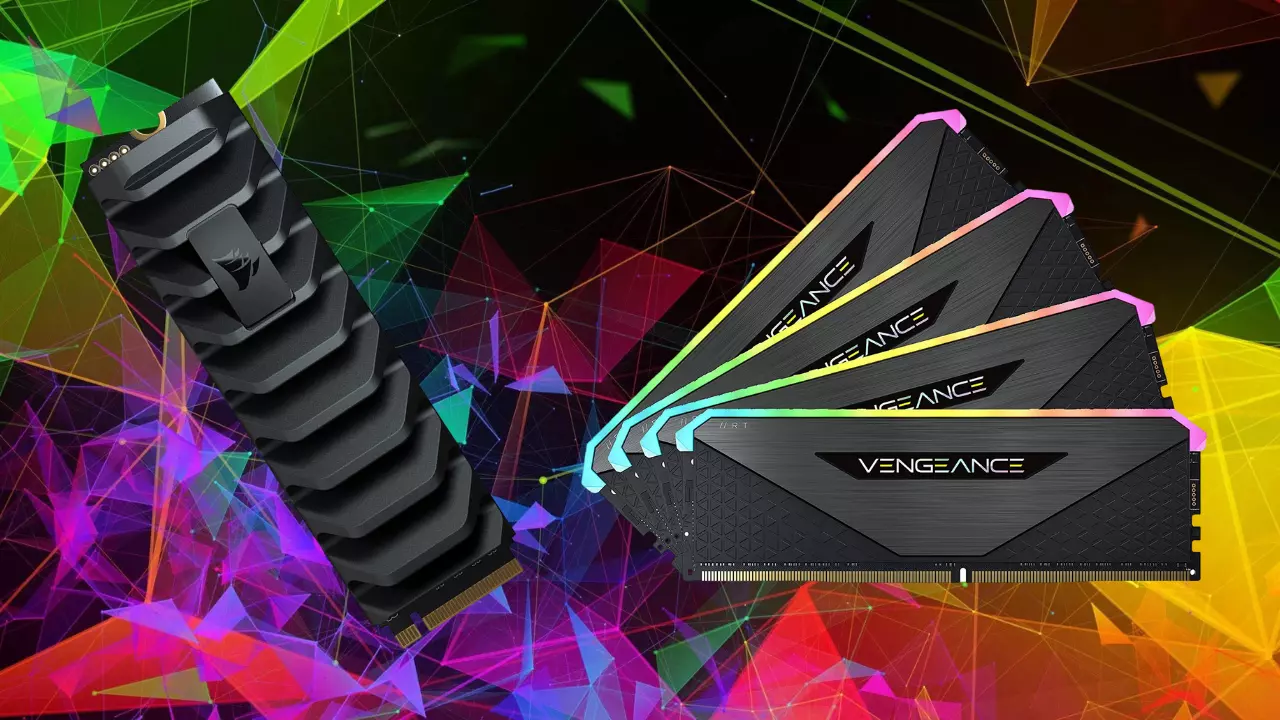
It is no secret at this point that for AMD Ray Tracing is not a priority technology in its GPUs, and this has caused its graphics processors, both on computers and on consoles, to be below those of NVIDIA in this case. Well, SONY, one of its clients, does not agree with this situation and is going to implement a series of changes in the future PlayStation to improve performance compared to the current one.
This is how SONY will improve Ray Tracing on its future PlayStation
If you are wondering how we are so sure that SONY will implement these changes, it is due to the fact that there is evidence of them in a patent published in 2021 and, therefore, after the launch of the console. This patent explains a process that combines software and hardware to be able to support graphics with Ray Tracing on the future PlayStation more efficiently and with higher quality than the current model.
We must start from the fact that using brute force is often not the best solution, and that is why algorithms are created to be able to perform different tasks more efficiently with the limited resources available. While AMD still trails NVIDIA on a gen-for-gen basis, RDNA 3 has taken a giant leap from the previous gen, and yet the PS5 GPU is still RDNA 2 with all that that entails.
Apart from the advances that AMD can make in its graphics architectures, SONY can implement a series of additional elements in the main chip of its future console in order to improve the performance of the future PlayStation with Ray Tracing. That said, let’s see what they have in the kitchen in this regard.
What would these changes be?
Well, SONY would be planning together with AMD the addition of a series of improvements to the GPU of what will be a potential PS5 Pro or who knows if a PS6. The idea is to generate each frame using three different elements.
- A generator, with the ability to generate a virtual scene that includes a series of virtual elements made up of objects and/or light sources.
- A preprocessor, in charge of checking which elements of the scene need to be improved via Ray Tracing and which do not, depending on the position of the camera.
- The final renderer, which is responsible for generating the frame that we see on the screen, that is, the GPU.
The first and third points are already executed in the current hardware, in order to know which geometry enters the scene and which does not, but it also helps to know where each polygon is in order to build the BVH tree more easily and not have to wait for the final frame. At the end of the day we are only interested in the topology of the frame, which we can achieve in the scene preprocessor.
The interesting thing, however, is in the preprocessor, which would indicate which parts of the scene would not be affected by certain light sources. Said information would be stored in a cache close to the processor that would save all or part of said information so that the query by the GPU is faster.
How do we know it’s not for the current PS5?
The curious thing is that this, precisely, is one of the advantages that the Infinity Cache of the RX 6000 and RX 7000 PC GPUs brings with it, which, by the way, is unprecedented in current consoles, both PlayStation and Xbox. In other words, this is the main clue for us to know, along with the date of the patent, that the patent refers to future hardware by mentioning an element that is not found in current hardware.
The size of the entire BVH tree can be tens of Megabytes in size, if we add information to each element to say which light sources affect each object, then it is clear that with the little cache that the PS5 GPU has this it is impossible to realize and, therefore, a new system is required and therefore the patent does not refer to the current PlayStation.





